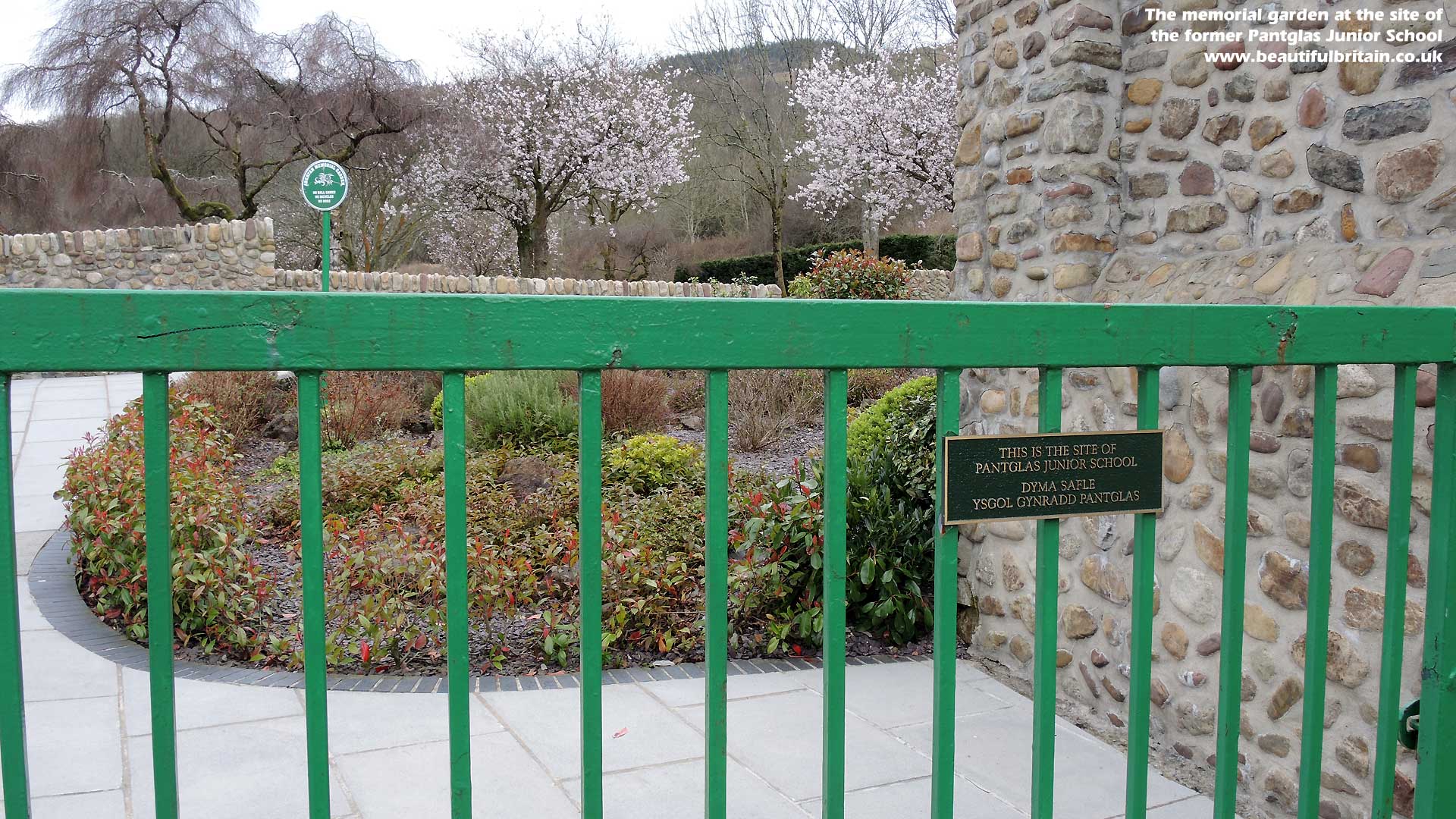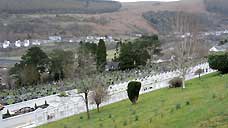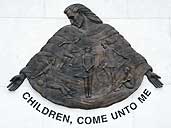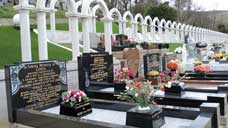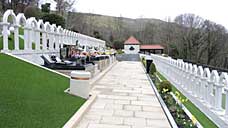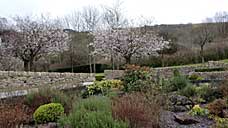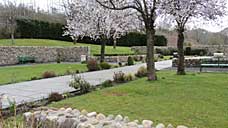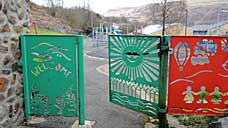Aberfan 'the lost generation' - 21st October 1966
At approximately 9:10 a.m. on the morning of Friday, 21st October 1966, tragedy struck the South Wales mining village of Aberfan when a coal spoil heap that was built on top of a natural spring, slid down the hillside and engulfed Pantglas Junior School. A total of 144 were killed : 116 young children and 26 adults. Many died from the impact of the spoil waste or from suffocation.
The following day was the start of the half-term holiday. Most would have been saved had the coal slurry moved an hour earlier or had it not moved for a further 24 hours. In spite of having 2,000 emergency services workers and volunteers at the site, it was almost a week before everyone was recovered.
As you approach the village of Aberfan the graves of those young children, high on the hillside above the village are clearly visible.
Alfred Lord Robens who was chairman of the National Coal Board (NCB) at the time of the disaster was heavily criticised and in the official enquiry that followed, the National Coal Board was found to be extremely negligent. Robens did not immediately go to the scene but went ahead with his investiture as Chancellor of the University of Surrey and did not arrive at Aberfan until the evening of the following day (Saturday 22nd October). The Queen has visited Aberfan four times since the tragedy.
Robens opposed doing any more than was necessary to make the tips safe and it was only after an additional grant from the government and a much opposed contribution from the disaster fund of £150,000 (almost 10% of the money raised), that the spoil heaps were eventually removed.
A total of £1,606,929 was contributed by donation (£27.8 million in 2015, if adjusted for inflation). In stark contrast, the National Coal Board paid out £160,000 in compensation; just £500 for each child.
In 1997 Tony Blair's Labour government returned the £150,000 it had been induced by the Labour government of Harold Wilson to contribute towards the cost of tip removal. No allowance was made for inflation or the interest that would have accrued over the intervening period.
We visited Aberfan in April 2016. It was a very moving and sombre experience. The former site of Pantglas School is now a well tended memorial garden and there is a children's playground there too.
There was no-one in the memorial garden, no children playing in the play area and no-one in the cemetery. It was so peaceful and we appeared to be only people in the village, even though the disaster had happened 50 years previously. I remember the day of the disaster so clearly, as I had just started my first year as a probationary teacher in a primary school. The children I taught were the same age as those whose short lives were taken away on that terrible October day.
In the aftermath, a group of young mothers formed a support group called The Aberfan Young Wives' Club. A TV documentary The Aberfan Young Wives' Club was shown on ITV at 9pm on Wednesday, 12th October 2016.
ITV Cymru Wales made the documentary Aberfan: The Day Our Lives Changed, broadcast on Wednesday, 19th October 2016 at 8pm
More about Aberfan in this - 26 minute YouTube video It is extremely moving and thought provoking.

